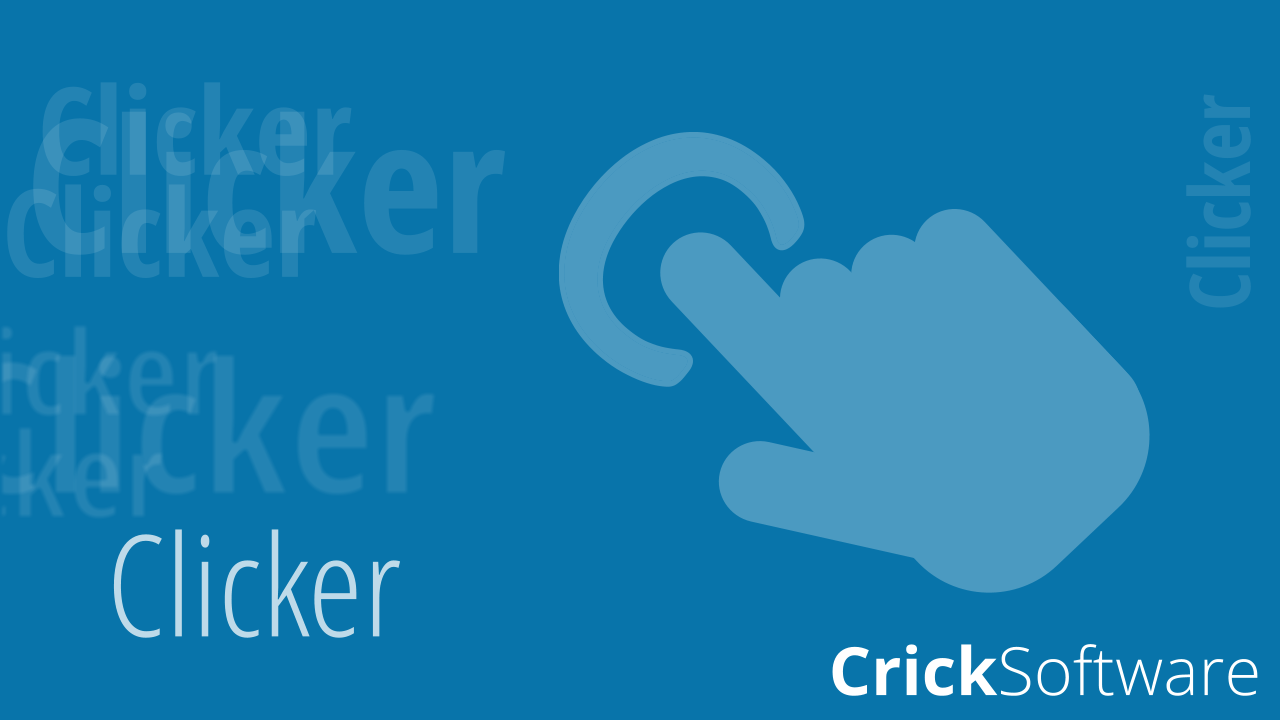Recently, I’ve had several enquiries about using Clicker for teaching French or Spanish as a second language. As a former MFL teacher, it was great to discuss the resources we have available and how they might be used.
We have MFL packages for teaching French and Spanish that work alongside Clicker. They’re broken down into three parts: 1, 2 and Stories. All of the resources have speech support provided by native speaking voice actors, so the speech is clear and accurate.
French and Spanish 1 support learners in building basic vocabulary for different topic areas. French and Spanish 2 gives children the opportunity to build on the vocabulary from 1 and go into greater detail.
Each topic offers a range of activities to teach and consolidate new vocabulary, which are organised based on the learning target. In this first blog post, I will be looking at resources that can be used for introducing vocabulary on the topic of animals using French 1, though this can also be applied to the same topic in Spanish 1.
You can use the activities highlighted with a red band to introduce new vocabulary. These are displayed around an image relating to the topic. These activities are suited to whole class learning, small group tasks or individual work. There is a great selection of options for introducing, reinforcing and retrieving new vocabulary.
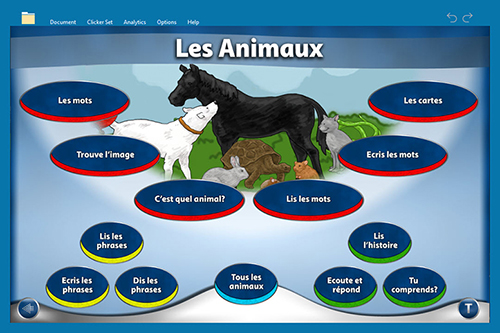
The very first activity, ‘Les mots’, gives learners their first look at new vocabulary. Images of different animals, commonly owned as pets, are displayed alongside vocabulary in the target language. You can click the image to hear the vocabulary read aloud, offering a great opportunity to introduce children to the correct pronunciation of the words. As a class, you could listen to each animal’s name read aloud and repeat as a class. Use different intonation or voices to liven up the activity.
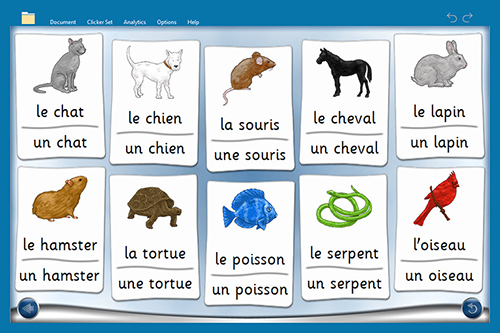
After ‘Les mots’, you can move on to listening and matching activity, ‘Trouve l’image’. The first page acts as a practice page, where you can click the images to hear the vocabulary that will be presented during the activity. When you move on to the next page, you are offered a speaker icon and a selection of images. Click the speaker icon to hear the target word read aloud and then match it to the appropriate image. If you are correct, you are moved on to the next page of the activity. If you pick the wrong image, you are told to try again in the target language. You can keep trying the activity until you identify the correct image, ensuring success.
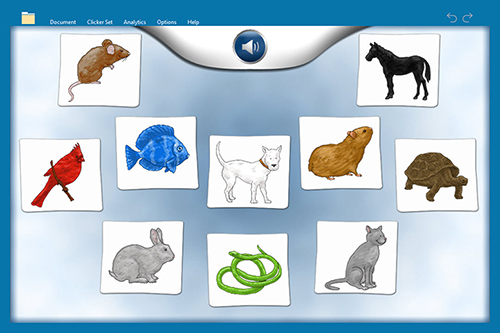
‘C’est quel animal?’ is a lovely hidden picture activity, particularly for whole class or paired work. Click the box to reveal small sections of the image and guess which animal is being hidden. Once the animal is revealed, the word is read aloud and learners can record themselves repeating the word.
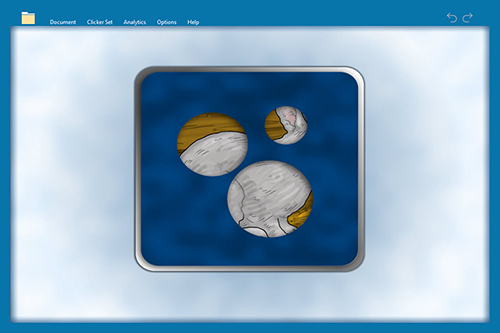
‘Lis les mots’ reinforces the connection between the spoken word and how it is written in the target language. The target word is displayed at the top of the screen. You can then click the four speaker icons to hear different animal names read aloud and decide which one matches the target word. Just like the ‘Trouve l’image’ activity, you have as many guesses as you need to find the right answer.

‘Ecris les mots’ offers a labelling activity to further reinforce the target vocabulary. Click each label to open a grid with the vocabulary to choose from. On the first page, children will be encouraged to try again if they choose the wrong vocabulary for the label. On the second page, their answers are added to the label whether they’re right or wrong, allowing you to assess their learning.
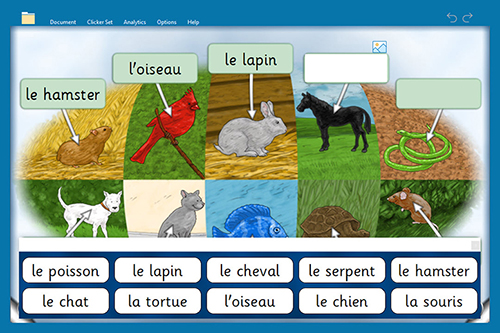
Finally, ‘Les cartes’ offers on-screen flashcards. Each card displays the target word with an accompanying image. Children can reinforce the vocabulary for the topic by clicking the card to hear it read aloud, and by practicing saying it for themselves.
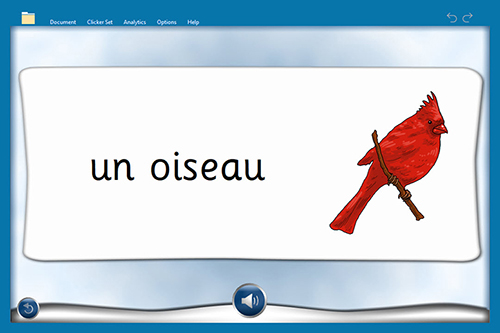
You may not want to use all these activities with every class or in sequence. You might use a few to introduce the vocabulary and then return for other red activities in later lessons for retrieval practice, before moving on to a more complex activity.
In the next blog post, we’ll look at building simple sentences using the vocabulary we’ve just introduced.
To use the French and Spanish resources in Clicker, see our licensing options for Clicker MFL: French and Clicker MFL: Spanish.
If you have a particular topic idea or need to support that you would like some help with, you can contact us via phone at 01604 671691 or email at info@cricksoft.com.

